
Building loyalty and community: A primer
Building loyalty and community is about connecting with your target audiences — and making it easy for folks to connect with each other.

Factchequeado developed a course to train Latino influencers in the U.S. to recognize and counter Spanish-language dis- and misinformation and to communicate without spreading misinformation.

Here’s an idea to steal and adapt: Follow your audience personas to where they’re consuming content and engage with them there.

Here’s an idea to steal and adapt: To find common ground, create a plan to share your organization’s goals and values.

Here’s an idea to steal and adapt: Fill critical information gaps to make your content indispensable.

By centering community engagement, WFAE has identified opportunities for more ambitious journalism.

In spring 2019, the Winnipeg Free Press launched a yearlong pilot project through which the city’s faith groups help fund additional religious coverage.

This article explores ways in which journalists can immediately start applying the research to their newsrooms—as well as the need to develop measurement strategies.

A breakdown of how the subscriber funnel works with the goal of retaining your audiences.

Listen to an audio recording from the 2017 ONA Conference about Chartbeat’s data analysis about reader loyalty trends.

Parse.ly CEO Sachin Kamdar discusses the most important things publishers should know about audience loyalty — including keeping a focus on the big picture and how loyalty translates into business results.

Building trust is essential. Start with understanding the issues: Namely, erosion of public trust in journalism, mistrust between news organizations and fractured trust within newsroom themselves.
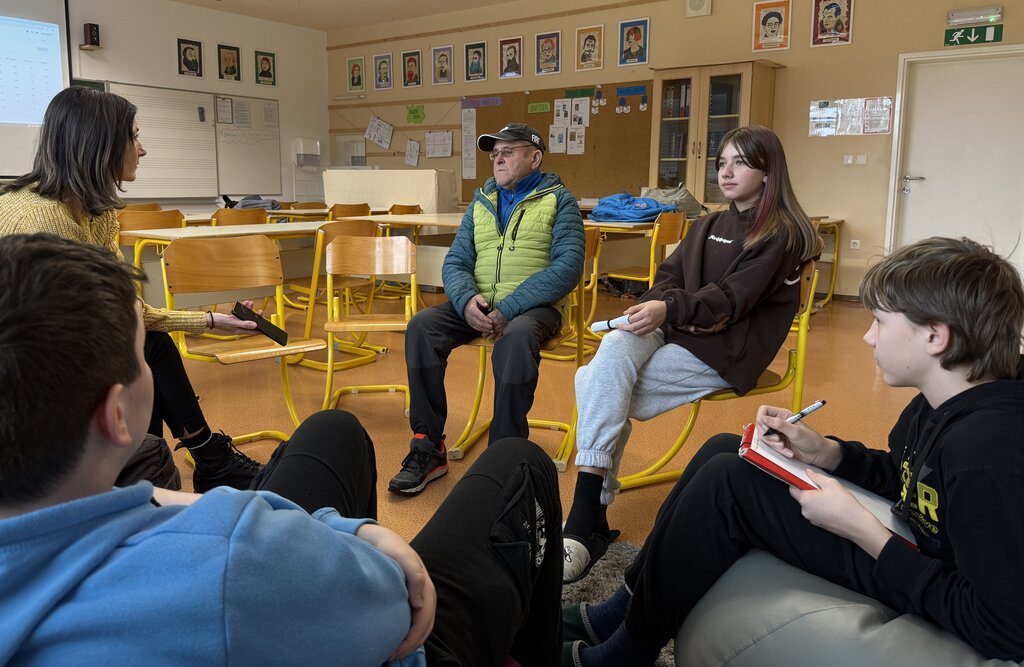
Here’s an idea to steal and adapt: Work with local schools to help students develop journalistic skills.
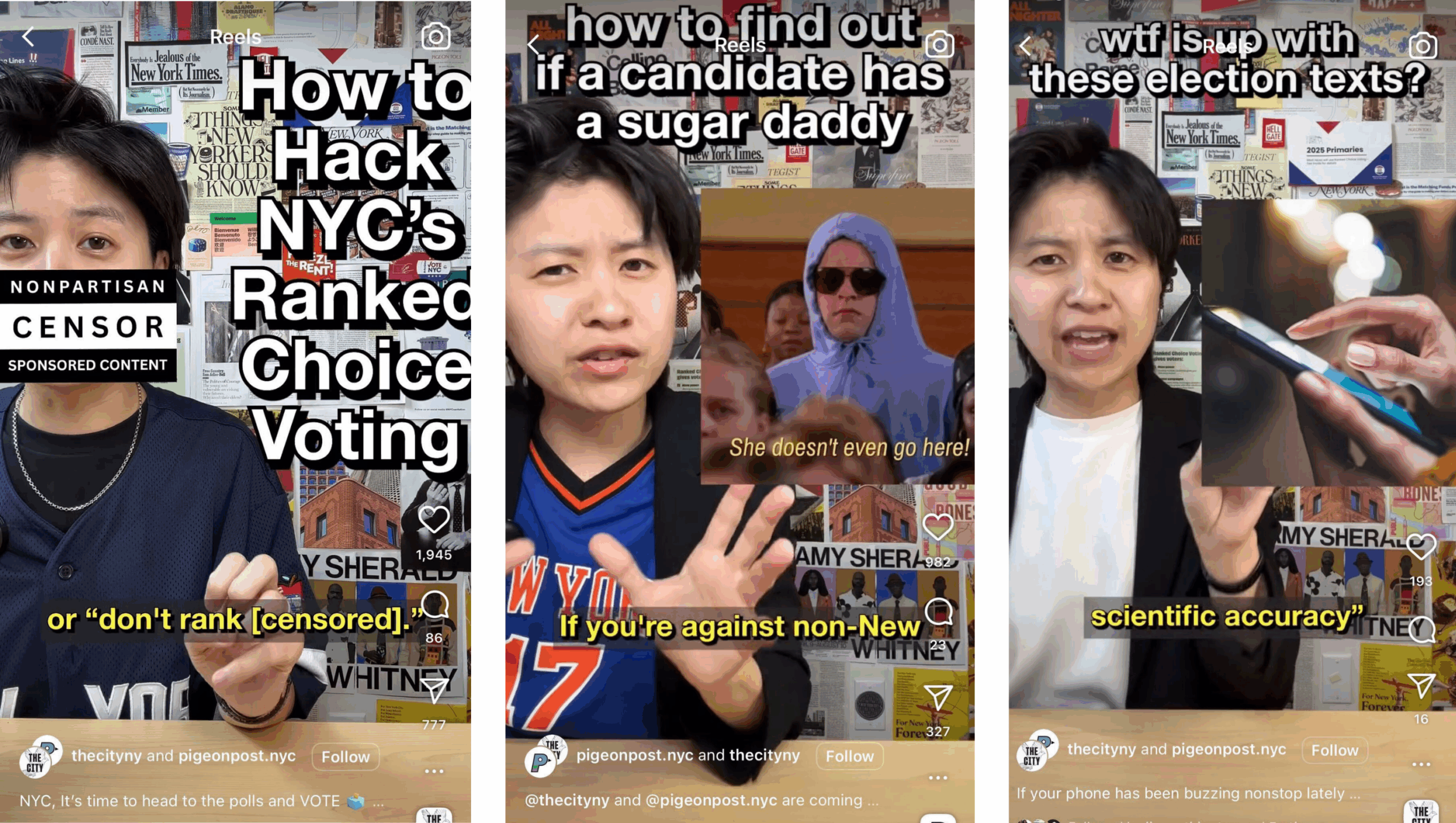
THE CITY worked with a trusted messenger to create a video series that helped New Yorkers better understand the issues so they felt motivated to cast their ballot.

Public Source built a diverse, regionally representative map of Pittsburgh creators and trusted messengers to strengthen relationships and spark new opportunities for collaboration.
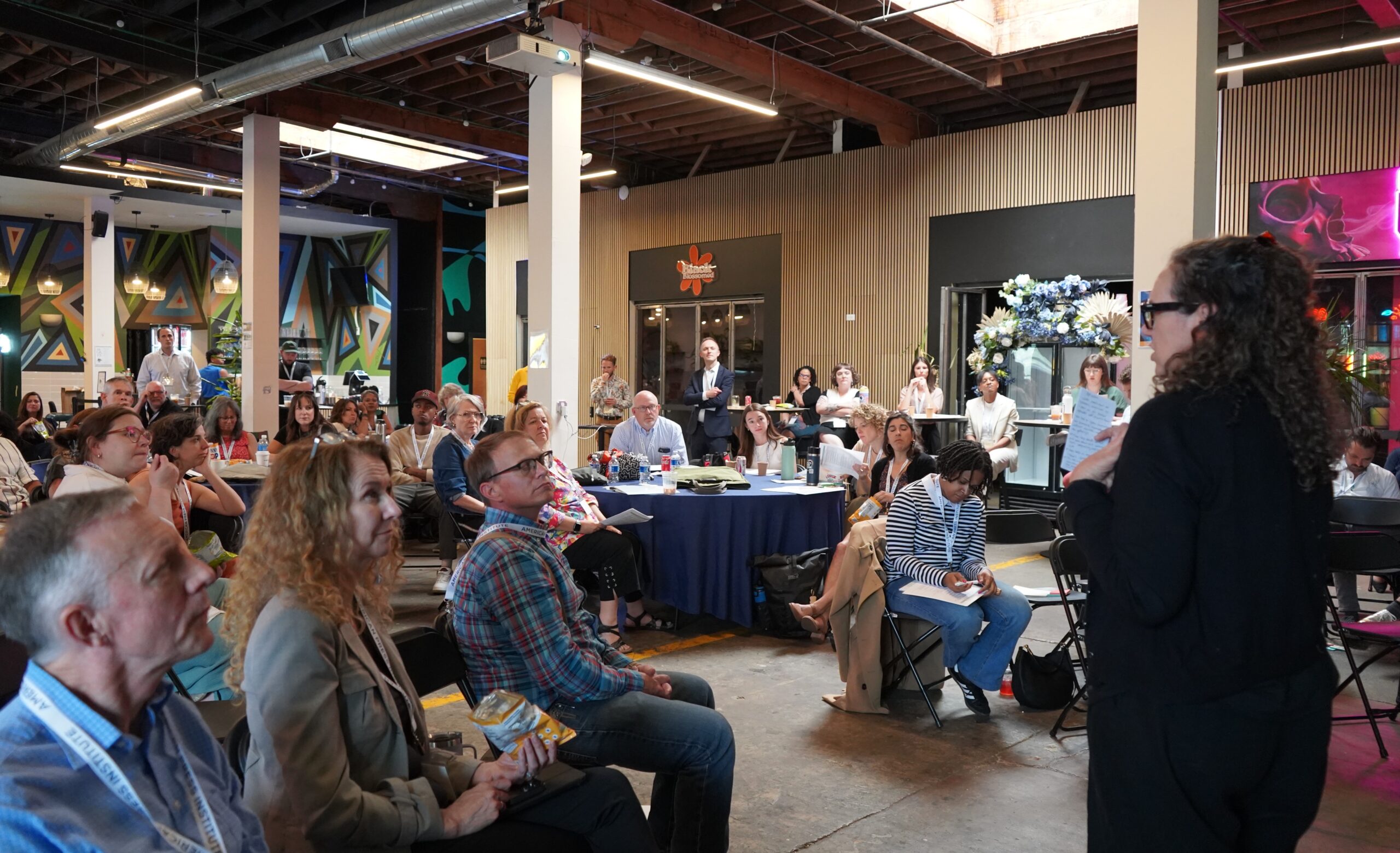
Adapt these ideas for hyper-local news participation from API’s Local News Summit on Civic Discourse Across Generations.

Here are 10 ideas to steal and adapt to help boost revenue through products, advertising, fundraising and more.

This guide shares lessons from four months of local news experiments.

Here’s an idea to steal and adapt: Good photography can be a common ground, going beyond politics and culture.

Here’s an idea to steal and adapt: Build a reader rewards incentive to engage subscribers.

Proven strategies for local media, as tested by news organizations in the Table Stakes Local News Transformation Program

Use this workbook to challenge yourself to center your community in your outreach, relationships and reporting.
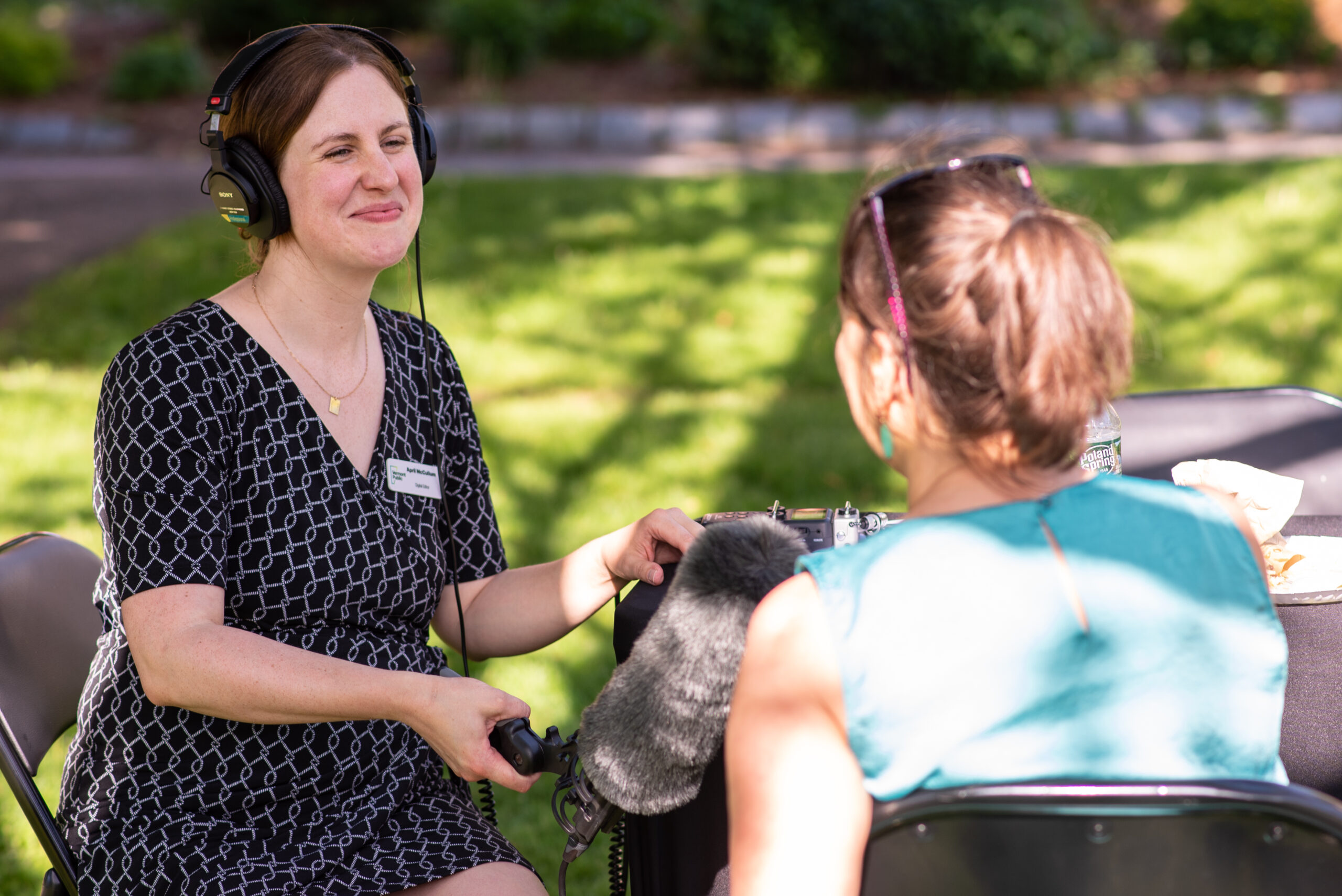
Here’s an idea to steal and adapt: Two civic engagement-minded community organizations teamed up to ask citizens what they want to know before they head to the polls.

Here’s an idea to steal and adapt: Traditional TV news stations can take an audience-centered approach to election coverage by following the lead of nonprofit and digital news outlets.
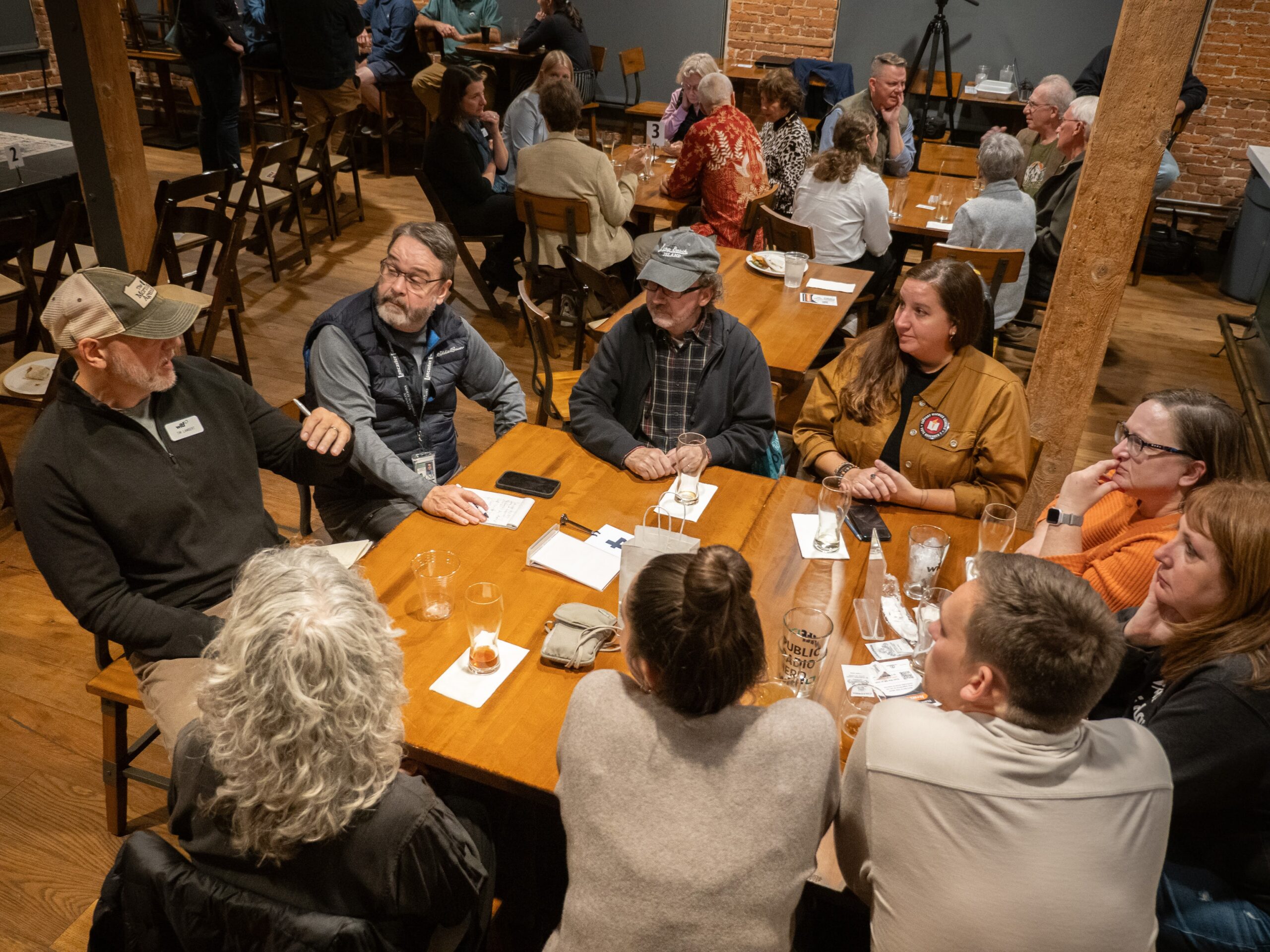
Here’s an idea to steal and adapt: Instead of focusing on negative horse-race campaign coverage, offer the audience possible solutions and paths forward with democracy reporting.
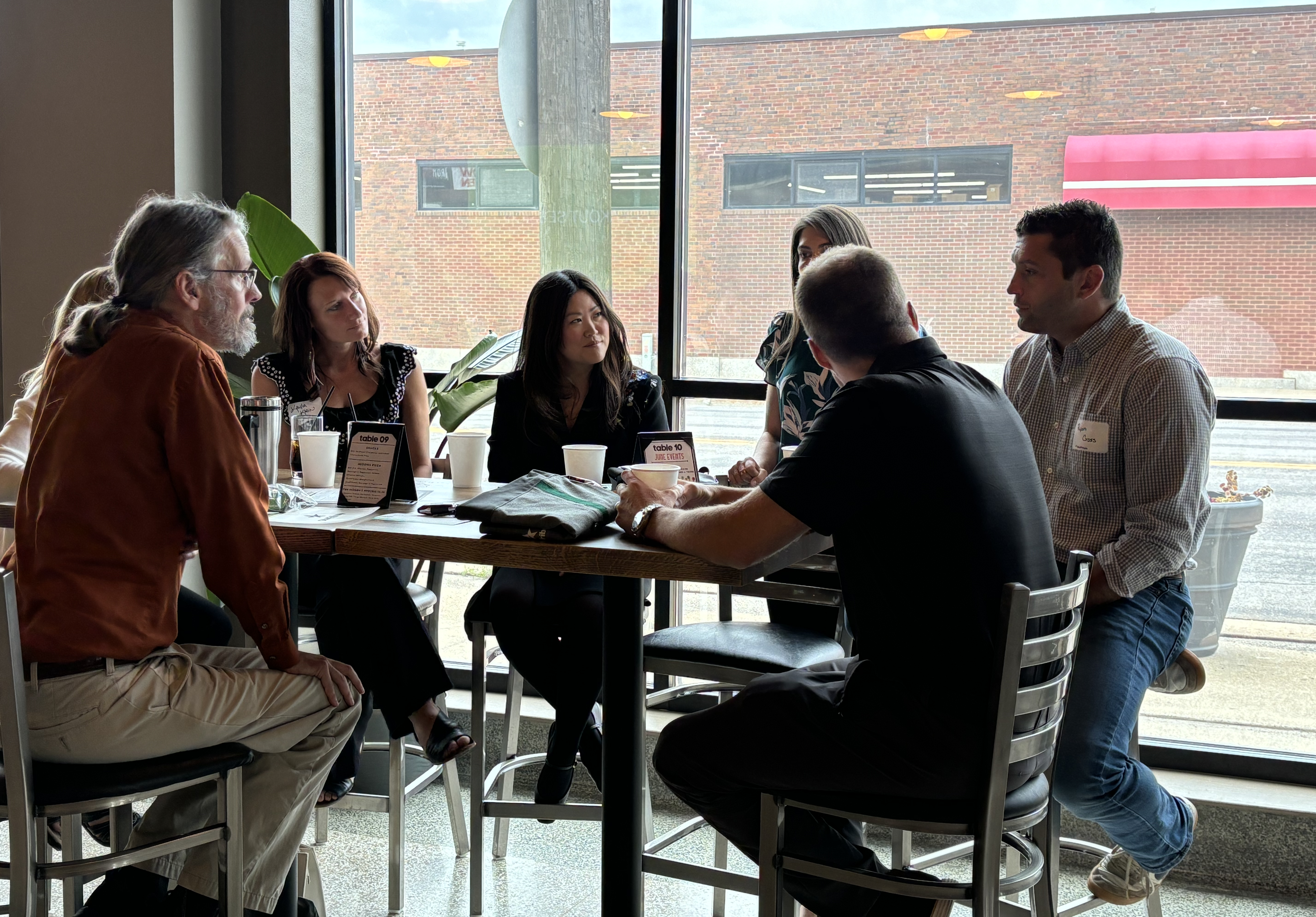
Here’s an idea to steal and adapt: Organize a series of events (with wide-ranging topics) in communities across your state to build your news organization’s relevance.

With the right tools and partnerships, these events can build connections that last long after the election.
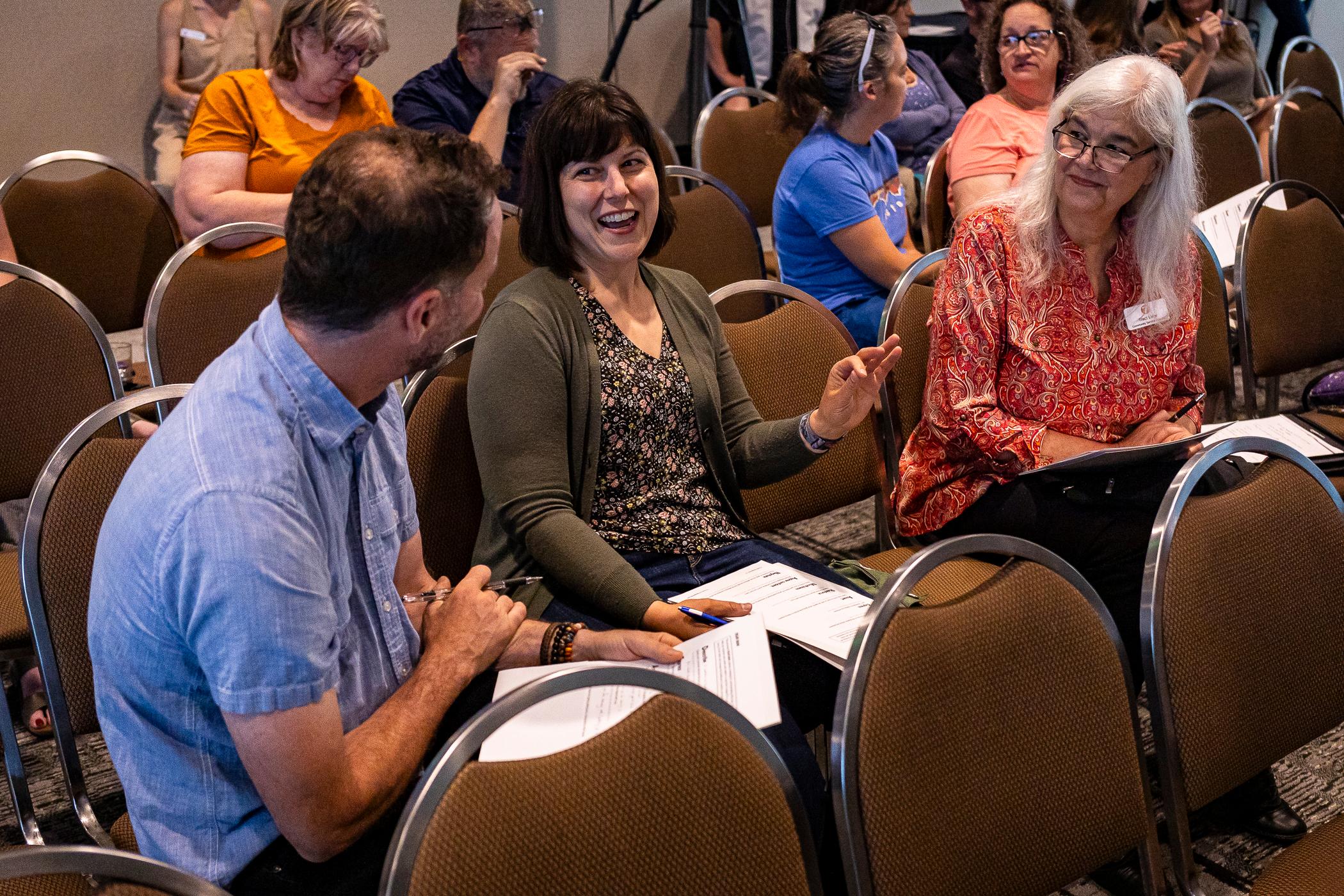
Here are six ideas to steal and adapt, from Blue Ridge Public Radio, Boise State Public Radio, Enlace Latino NC, Texas Metro News, The Assembly NC and Vermont Public.

Since its launch, El Tímpano has continued to work with community members on participatory reporting projects and to create feedback loops for deep listening. It wanted more.
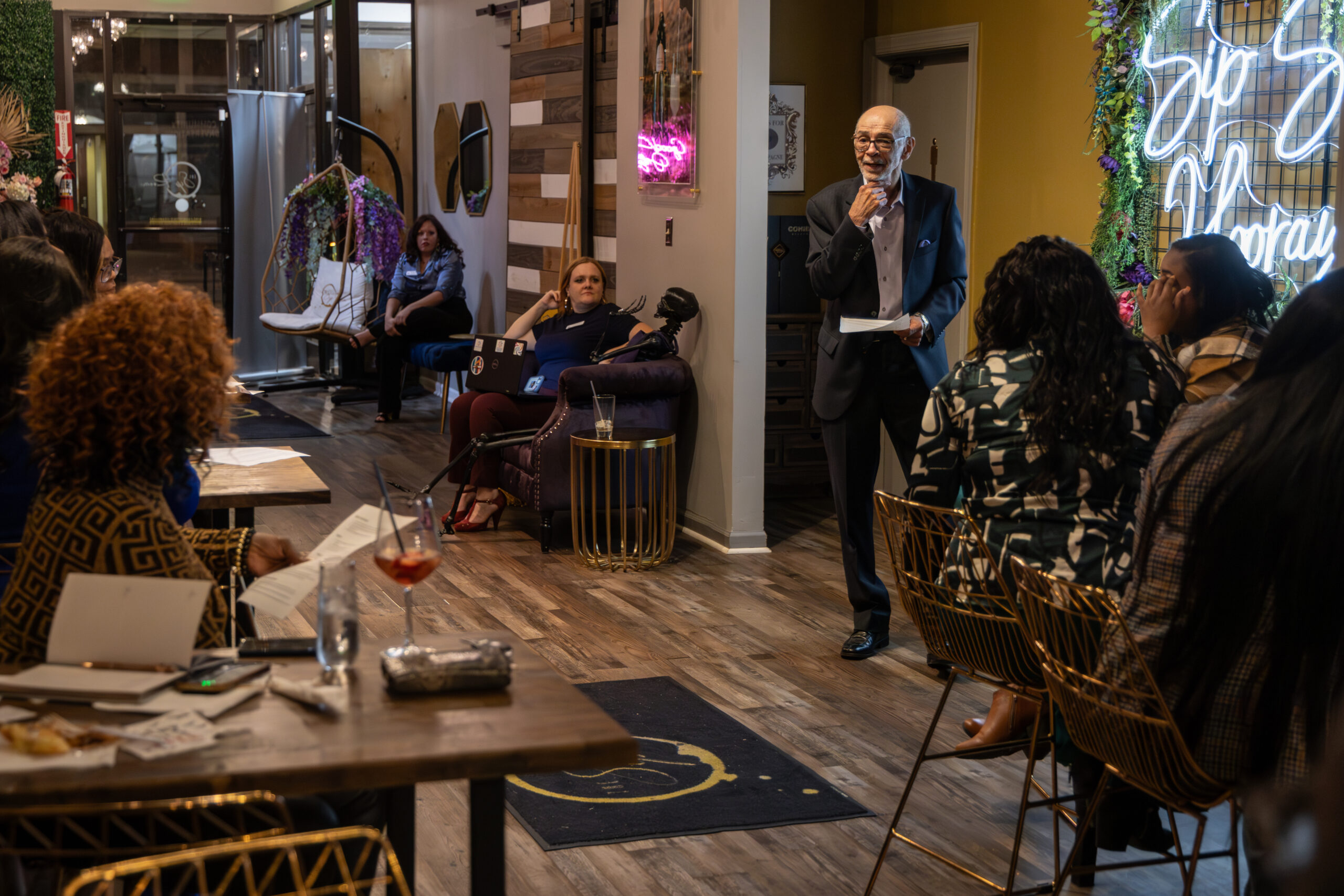
Here’s an idea to steal and adapt: To build truly meaningful engagement with underserved communities, identify and target specific audiences within those groups — as The Fayetteville Observer did with Black professional women.
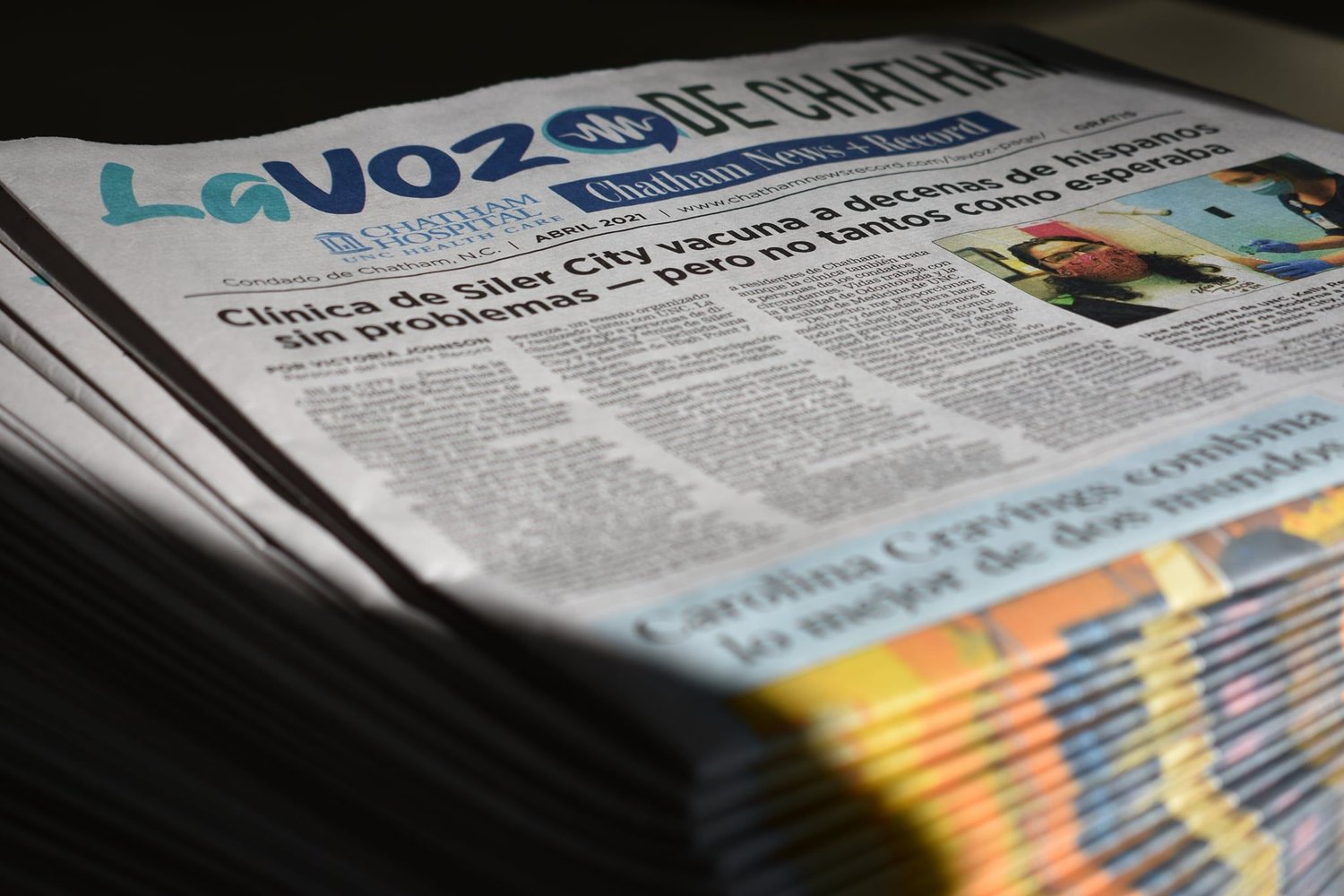
As news organizations rethink their business models and diversity efforts, many are looping in more coverage for the Latinx community, which is often underserved by media outlets at a national and local level.
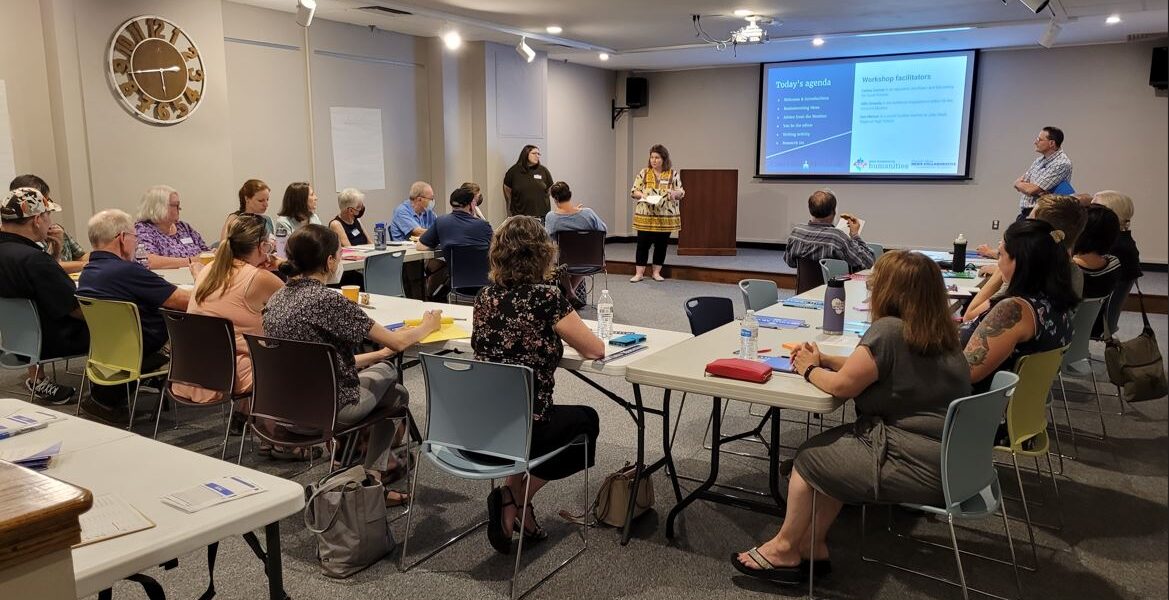
Here’s an idea to steal and adapt: Instead of simply extending the opportunity to be part of the opinion section, why not meet with folks and give them the tools to join the conversation?

Community feedback led the Arizona Daily Star to reevaluate how it covers community concerns, innovating toward a more positive, solutions-oriented lens.
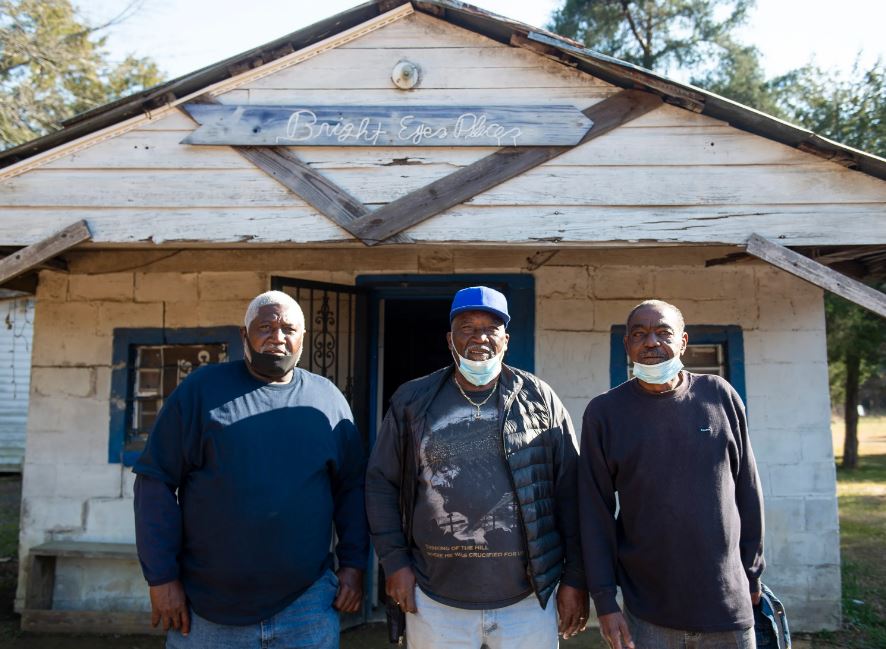
Here are 10 ideas to steal and adapt: From developing audience personas to building trust, these original case studies are the most-viewed in 2023 on BetterNews.org.

Mistakes lead to progress when it comes to engagement — just ask your peers at the Montgomery Advertiser, Dallas Morning News and Substantial Media.
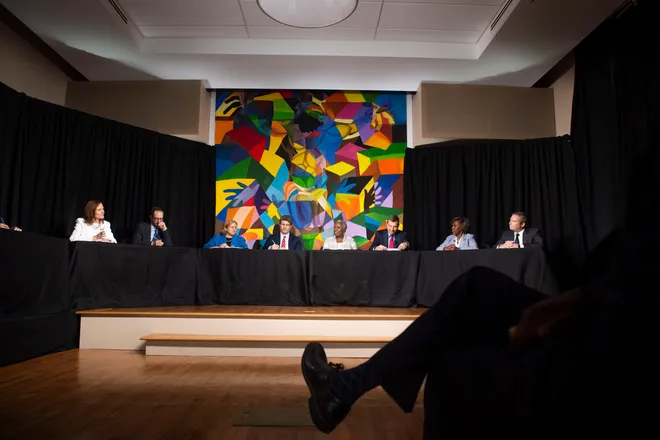
By taking this approach for local elections, the news organization created a significant, authentic public service experience around local politics.
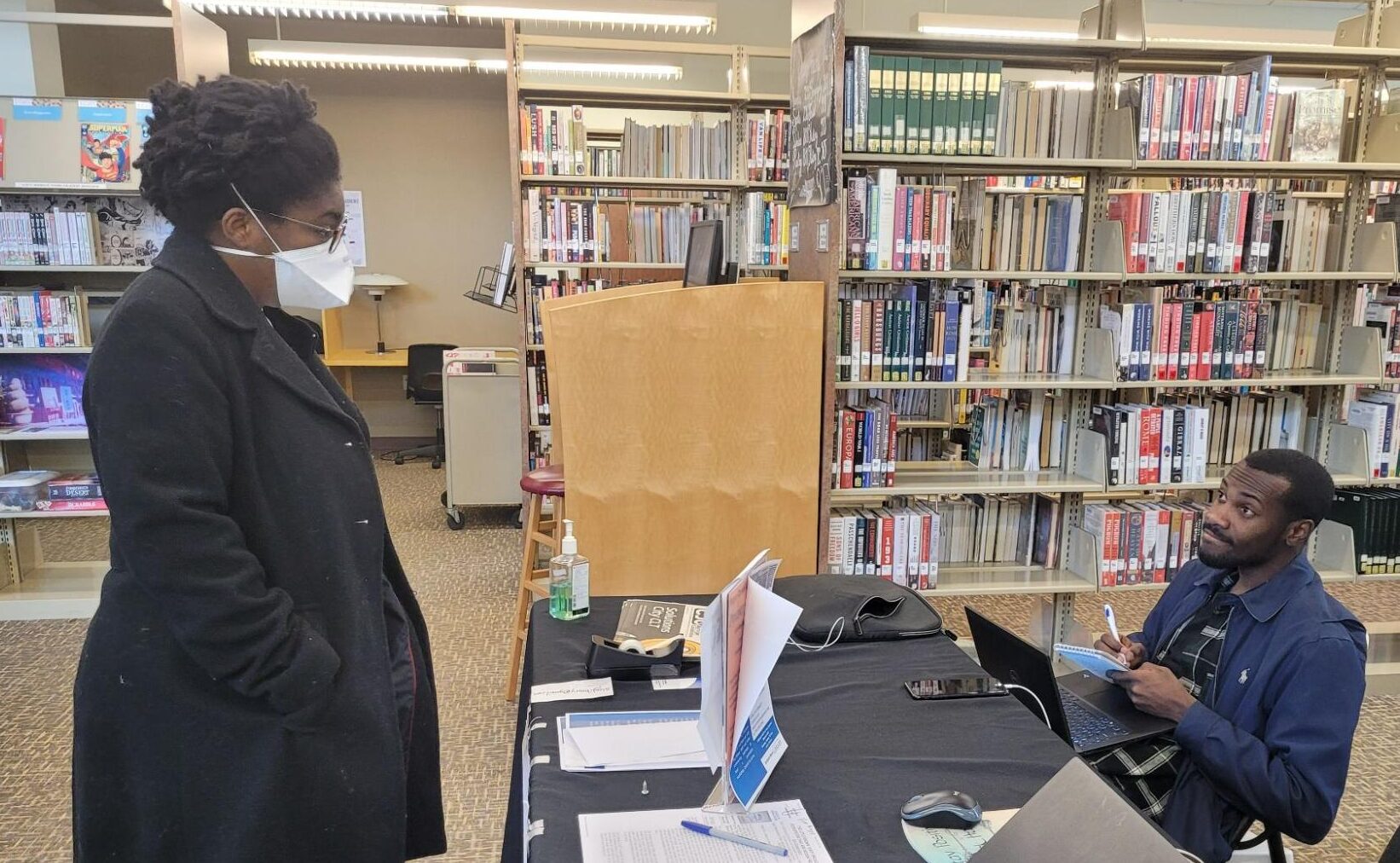
Here’s an idea to steal and adapt: A mobile newsroom offers authentic and organic opportunities to connect with historically underrepresented communities and report on them in ways we never have before.

Here’s an idea to steal and adapt: Learn how The Fresno Bee improved engagement with Latino audiences through regional collaboration, experimentation with new story topics, newsletters and virtual events.
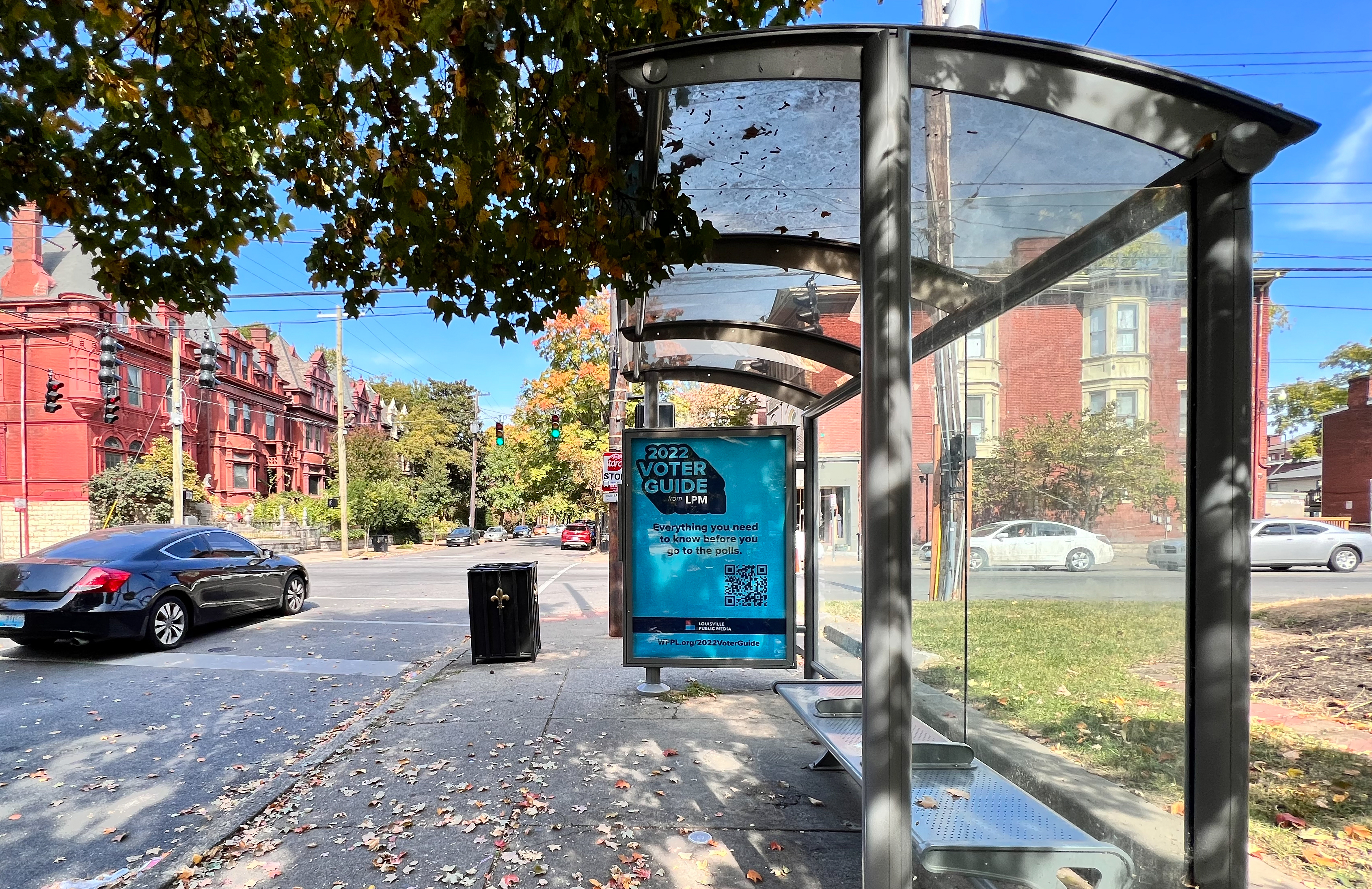
Here’s an idea to steal and adapt: Learn how to build trust in the Black community by conducting extensive research, creating products and content that serve this audience, and showing up for the community.

Here’s an idea to steal and adapt: Understand your opportunities for audience growth through research, experimentation and listening. Change your reporting process to focus more on making news for and with local Black communities instead of just about them. At the same time, grow awareness through marketing and outreach, and leverage partnerships to expand your reach and understanding as well as to build trust.
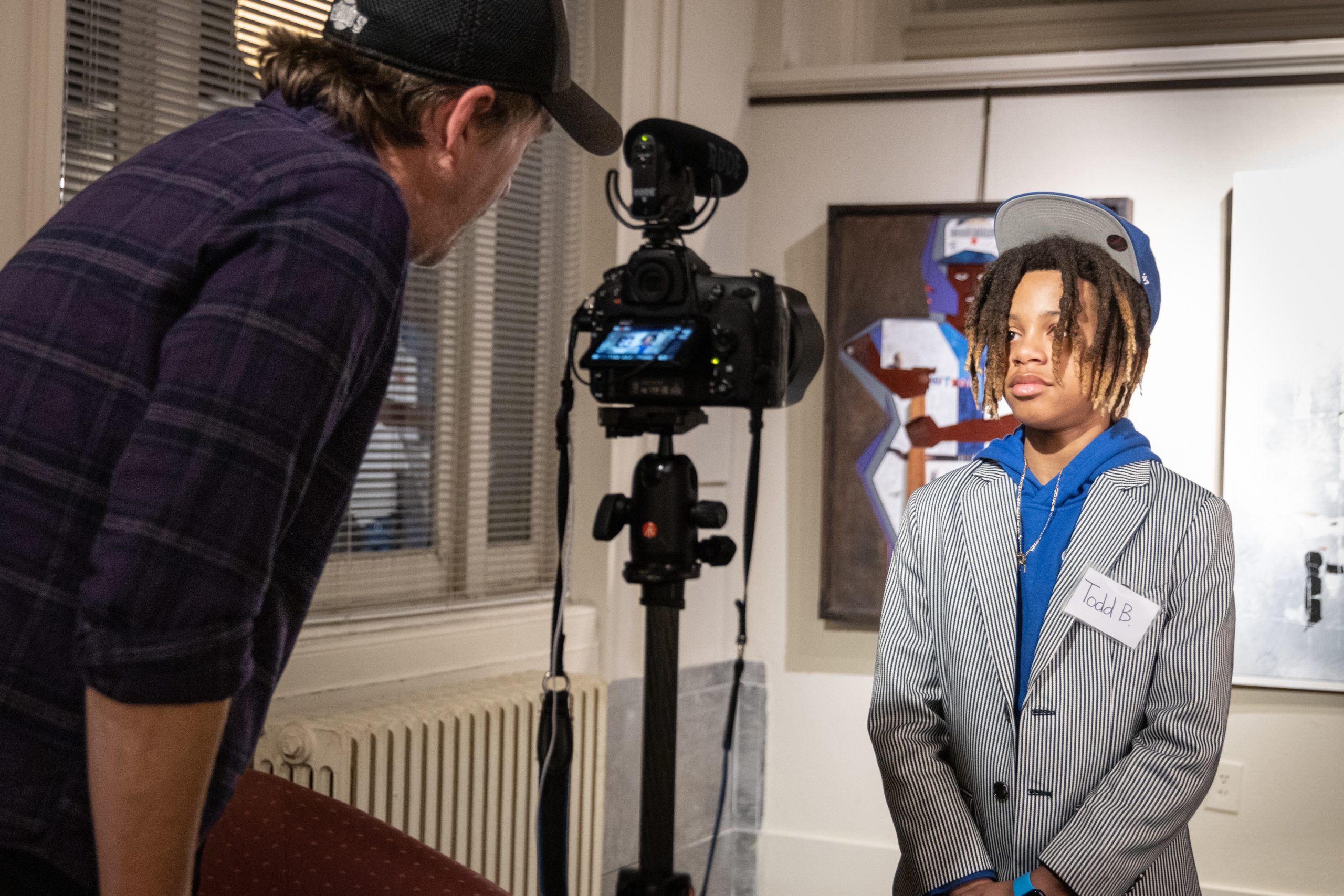
Here’s an idea to steal and adapt: Use several approaches, including audience roundtables, mobile newsrooms and source audits, to rebuild trust and engage with the Black community, whose achievements have often been ignored or downplayed by local news organizations.

Recognize your role as a member of “the media,” lean into complexity and nuance, and get to know the people you aim to serve.

Here’s an idea to steal and adapt: Build trusted relationships with people who have lived without local news sources for years, by showing up for these communities, listening to them and delivering the content they most want. Make sure the coverage is for these communities, not simply about them.
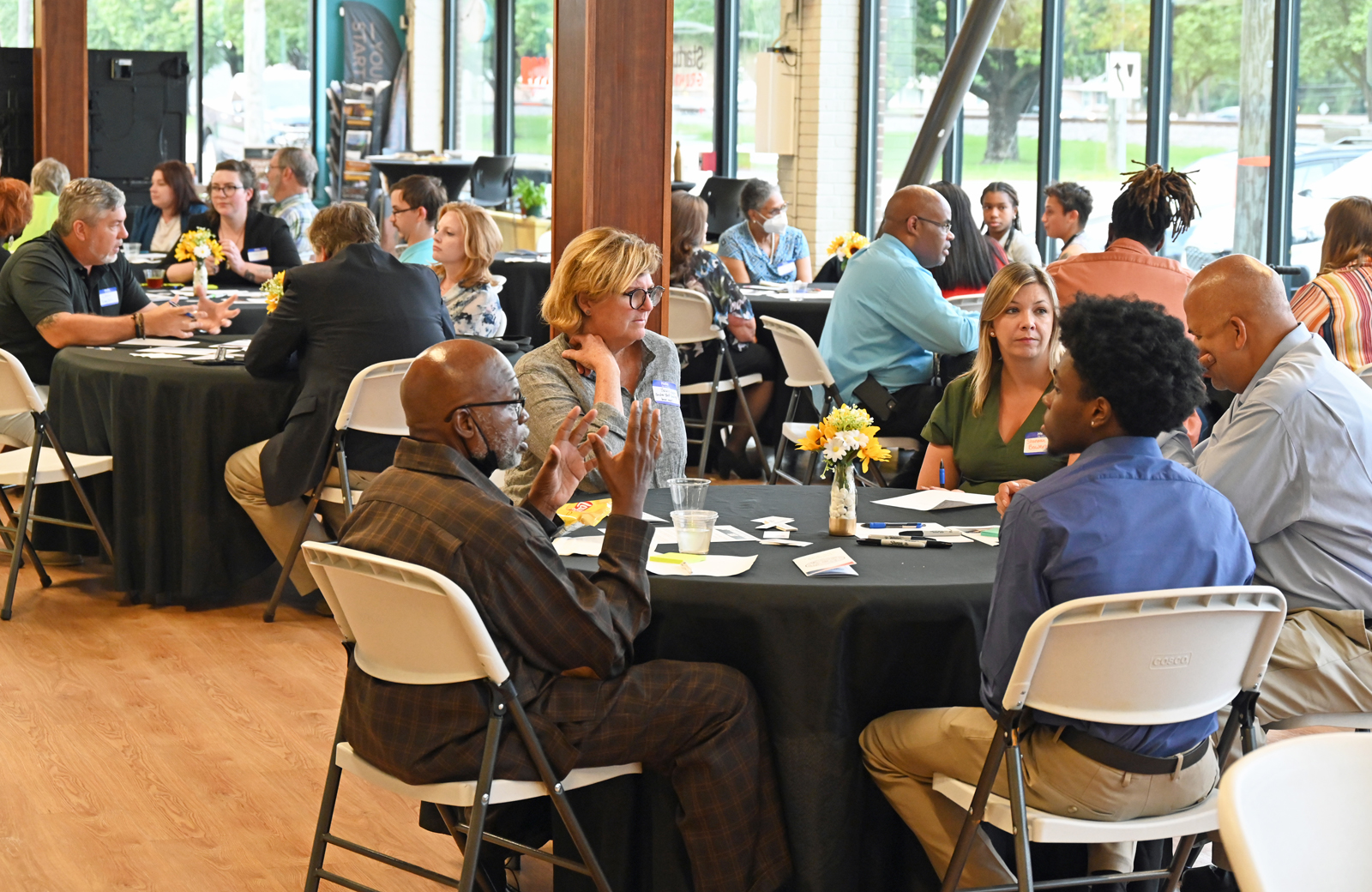
Here’s an idea to steal and adapt: As a digital news start-up, the Border Belt Independent partners with local newspapers to provide them with long-form stories at no cost. It helps grow our audience and provides them with in-depth reporting their readers expect.
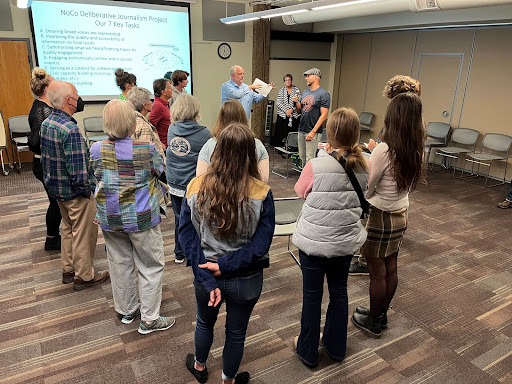
Here’s an idea to steal and adapt: To build your opinion content, solicit responses from readers who have registered for a free account on your site. Pick the best snippets of a commenter’s ideas, creating a broader range of voices on curated discussions of local issues. Partner with a local university to foster and analyze these discussions.

Here’s an idea to steal and adapt: Accelerate digital subscription growth by encouraging reader participation and answering reader questions.

Here’s an idea to steal and adapt: Grow your audience and paid online subscription base by bridging significant gaps in reaching key segments, including Black readers.

Here’s an idea to steal and adapt: Attract and serve a Spanish-speaking audience not through AI translation, but through showing respect — building capacity and being careful to ensure the information you publish is accurate, timely and culturally competent.

Here’s an idea to steal and adapt: If you want to build trust with your readers, you need to let them see you as more than a two-dimensional byline. The Des Moines Register created an entertainment/lifestyle newsletter – authored by a rotation of staffers, filled with personality and authenticity and focused on the things that bring joy – to help bridge the divide between newsroom and reader.

Here’s an idea to steal and adapt: Improve your news organization’s coverage, audience reach and brand recognition among Black readers by amplifying stories that focus on the Black community.

Here’s an idea to steal and adapt: Develop a program that bundles locally produced goods from local businesses with subscription offers. For example, you can work with a local coffee roaster, purchasing 1-pound bags of coffee, at half-price, to combine with an online-only subscription or weekend print delivery and full online access.

Here’s an idea to steal and adapt: Grow your audience — including younger, more diverse readers — by using non-traditional social media platforms to promote stories and establish lines of communication where readers feel like they can interact with a person, not a company.

Here’s an idea to steal and adapt: By telling and sharing stories in the Latinx community (beginning with the pandemic’s impact on people, families, businesses), you can do what good newsrooms do — reflect the communities they serve.

Here’s an idea to steal and adapt: Don’t just settle for being a publication that covers the African American community. Transform your newsroom into one that tells stories for and with Black residents. Grow relationships and trust, increase the number of African American voices on your platforms and continuously work to reflect the community demographics in your workforce.

Here’s an idea to steal and adapt: Deepen your relationship with readers and expand your news coverage of communities with a team of freelancers, creating digital hubs and newsletters to organize and promote coverage.

Here’s an idea to steal and adapt: WFAE and La Noticia both knew that immigration issues affecting Latinos in Charlotte needed more coverage. They decided the best way to address it was together.

Here’s an idea to steal and adapt: Choose an issue you’re already covering that’s of deep importance to your community. Go beyond the story and rally your newsroom and your viewers to make a concrete positive impact.

Retaining members requires trust. It feels basic, but The Correspondent’s missteps in communicating with members appears to have accelerated the sustainability crisis that led to the site’s closure in 2020. The post-mortem has lessons for communicating with members and avoiding the broken promises that spike churn.

Add the voice of the community to your newsroom with valuable lessons from Canopy Atlanta, the Greensboro News & Record, the San Diego Union-Tribune and more.

Perpetuating tropes and sensationalizing disasters in the way we cover them can result in harm for the communities we are trying to serve. Here are some ideas on how to avoid that.

In a post for the Reynolds Journalism Institute, Documented audience editor Nicolás Ríos shares a reminder that “our readers often know more than we do.”

Here’s an idea to steal and adapt: WFAE kicked off a community podcast competition that sparked hundreds of new podcast ideas, revealed issues important to the community and empowered residents of all ethnicities and backgrounds to share their stories.

Here’s an idea to steal and adapt: The Dallas Morning News is bringing in big audience numbers through browser push notifications.

Here’s an idea to steal and adapt: When planning arts coverage, ignore the calendar and ditch stories pegged to upcoming performances, art openings, festivals and events. Instead, focus on news, people and what the arts say about your city.

Here’s an idea to steal and adapt: The Greeley Tribune in Colorado used a “mini-publisher” team to grow revenue around dining cards that offer customers “buy-one, get-one” deals at local restaurants and breweries.

Here’s a step-by-step guide to developing a citizens agenda and covering the issues that matter most to your audiences.

As the website experiments with targeted content for specific audiences, it’s also testing out services that will serve its broader audiences.

Volunteers helped the four-person startup newsroom take on a citizens agenda approach and build a comprehensive voter guide.

More than 80 media outlets and technology companies are collaborating to debunk misinformation and offer verification training in Argentina.

Kristin Walters of Illinois Newsroom breaks down essential logistics to consider when planning in-person events.

Here’s an idea to steal and adapt: The Seattle Times blended the best of its Pulitzer-winning breaking news practices into the reporting of a major enterprise project. The result was a mix of breaking news and in-depth explanatory stories that better served audiences.

Here’s an idea to steal and adapt: The team at EdNC couldn’t find an ideal way to gauge the loyalty of its audiences. So they created their own customizable data tool.

As more organizations look at digital subscriptions and memberships, impact metrics have become more relevant. So, how can we help journalists track them?

Here’s an idea to steal and adapt: The Sun News in Myrtle Beach produced bio videos of every member of its newsroom and posted them weekly to its social media channels to introduce a fairly new, retooled staff and build closer relationships with its audiences.

Engaged, community-motivated journalism satisfies a public-service mission and generates powerful levers for earning audience support.

Here’s an idea to steal and adapt: As it expanded into the post-secondary beat, EdNC blitzed all 58 community colleges across North Carolina in one week to build relationships, surface issues, identify sources, and begin building a wholly new audience. You, too, can take the time to really get to know a targeted audience.

The Texas Tribune’s Code of Ethics includes a section on how paid content is handled and what readers can expect.

Use Hearken’s 10-step guide of tips and exercises to foster a newsroom culture that embraces meaningful engagement with your audience.

A how-to guide to help journalists strengthen strategy, skills and tactics for effective community engagement.

The old model of fact-checking, with its focus on individual bits of information, is actually harming trust in journalism and needs to be dramatically shifted to focus on issues instead.

At the heart of the public’s trust in journalism is the relationship between each journalist and the people he or she writes about, a relationship that if given the care, respect and attention it deserves will translate into the finished product.

True crowdsourcing — getting beyond data and traditional methods of reporter-centric journalism and enabling people to share their stories — can build trust by surfacing narratives such as ProPublica’s maternal mortality series that would not be likely come to light any other way.